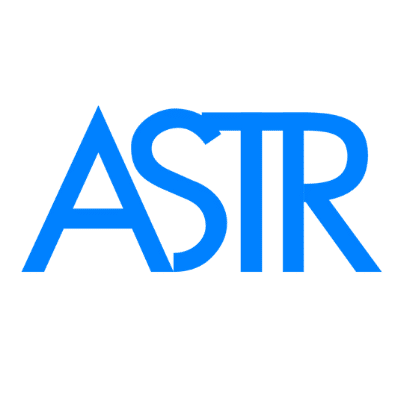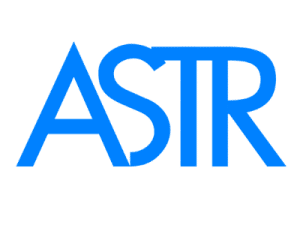Fascial Tightness and Hip Pain: A Hidden Cause Most Therapies Miss
Fascial Tightness and Hip Pain: A Hidden Cause Most Therapies Miss
Search terms: hip pain fascia, tight hips myofascial release, fascia and hip pain
🦵 Do You Have Hip Pain That Won’t Go Away?
If stretching, massage, or even physical therapy hasn’t relieved your hip pain, it may be time to look deeper—into your fascia. Tight fascia in the hips, glutes, and pelvis is often a hidden source of chronic hip pain that most traditional treatments completely miss.
Myofascial release, a gentle hands-on or tool-assisted technique, targets this overlooked tissue to release restrictions, restore movement, and relieve hip pain at the source—naturally.
🧠 What Is Fascia and Why Does It Matter?
Fascia is a connective tissue that surrounds every muscle, nerve, and joint in your body. When it becomes tight or restricted, it can:
-
Limit hip joint range of motion
-
Pull on surrounding structures like the IT band, glutes, and lower back
-
سبب deep aching or pinching pain when walking, sitting, or standing
-
Mimic conditions like bursitis, labral tears, or sciatica
Yet fascia rarely shows up on X-rays or MRIs—making it an invisible cause of chronic hip discomfort.
✅ How Myofascial Release Relieves Hip Pain
Myofascial release works by gently stretching and softening the fascia to:
-
Relieve deep-seated tension in the glutes, hips, and pelvic area
-
Improve blood flow and hydration to stiff tissues
-
Reduce nerve irritation from fascial compression
-
Restore proper movement mechanics of the hips and pelvis
This therapy is safe, drug-free, and ideal for people who’ve tried everything else without results.
🛠️ Tool-Based Fascia Release: More Precision, Better Results
Dr. Joseph Jacobs, DPT, developed the ASTR Method after struggling with his own chronic pain. This technique uses specially designed tools that glide over the fascia, allowing for deeper release without painful pressure or bruising.
🔗 Try the ASTR Tools for Hip Pain Relief
Key areas to release for hip pain:
-
Gluteus medius and minimus
-
Piriformis and deep hip rotators
-
IT band and tensor fasciae latae (TFL)
-
Hip flexors (especially if you sit often)
📘 Recommended Reading: Pain No More by Dr. Joseph Jacobs
Dr. Jacobs explains how fascia, inflammation, and scar tissue are at the root of most chronic pain in his book Pain No More. He shares proven strategies—including tool-assisted fascia release—to relieve hip, back, and joint pain naturally.
🔬 What the Science Says
-
Langevin et al. (2006): Fascial tissue stiffness can cause mechanical tension and pain in surrounding joints
-
Wilke et al. (2019): The gluteal fascia is connected to the lumbar spine and legs, influencing hip mechanics
-
Ajimsha et al. (2015): Myofascial release improves range of motion and reduces musculoskeletal pain, including in the hips
⚠️ Tips for At-Home Hip Fascia Release
-
Use broad, gliding strokes with tools to avoid pinpoint pressure
-
Avoid rolling directly over bone or inflamed joints
-
Start with gentle pressure and work your way deeper gradually
-
Stay hydrated and allow rest time between sessions
-
Pair fascia release with hip mobility exercises for best results
🧘 Final Takeaway
If your hip pain keeps returning or isn’t responding to standard care, fascial restriction could be the missing piece. Myofascial release—especially with the right tools—can help you restore mobility, reduce tension, and relieve hip pain naturally.

